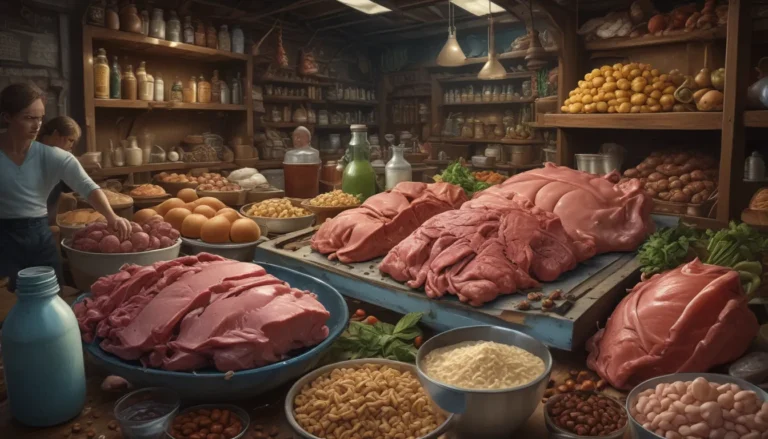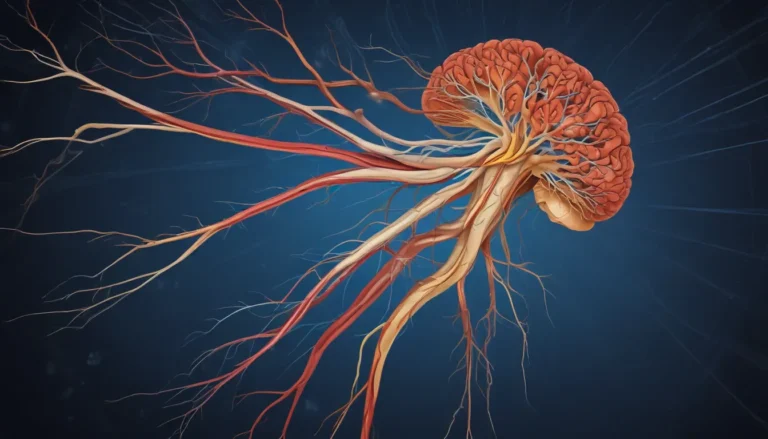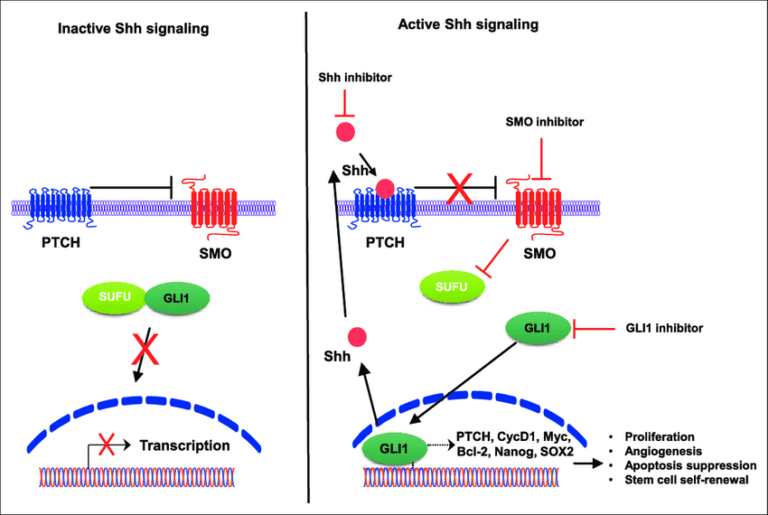A Note About Images: The images used in our articles are for illustration purposes only and may not exactly match the content. They are meant to engage readers, but the text should be relied upon for accurate information.
Genetics is a complex and mesmerizing field that holds the key to unlocking the secrets of life itself. One of the most captivating processes in genetics is recombination, a mechanism that drives genetic diversity and evolution. Through the exchange of genetic material during the formation of reproductive cells, recombination creates novel genetic combinations that shape the destiny of living organisms.
In this article, we will embark on a journey into the enigmatic world of recombination and uncover ten intriguing facts about this fundamental process. From its role in genetic diversity to its impact on disease prevention, we will explore the mysteries surrounding this intricate mechanism. Get ready to delve deep into the realm of recombination and witness the marvels hidden within this crucial genetic process.
Key Takeaways:
- Recombination is like a genetic mix-and-match game that creates new gene combinations, promoting diversity and helping organisms adapt to changing environments.
- Recombination is a genetic superhero, repairing DNA damage, influencing evolution, and even playing a role in the formation of new species.
Recombination: The Architect of Genetic Diversity
Recombination is a vital process that occurs during meiosis, the cell division responsible for producing sperm and egg cells. It involves the exchange of genetic material between homologous chromosomes, resulting in new combinations of genes. This mechanism is essential for creating genetic diversity within a population and plays a crucial role in evolution.
Repairing DNA Damage: Recombination’s Superpower
One fascinating aspect of recombination is its ability to repair DNA damage. When a cell’s DNA is damaged, recombination acts as a repair mechanism by using intact DNA strands as templates to restore the damaged regions. This process, known as homologous recombination repair, ensures genome integrity and helps prevent the accumulation of harmful mutations.
The Double-Edged Sword: Recombination and Genetic Diseases
While recombination is generally beneficial, it can sometimes lead to genetic disorders. Errors in recombination can result in chromosomal abnormalities, such as deletions, duplications, or translocations, leading to diseases like Down syndrome or certain types of cancer. Understanding the factors influencing recombination and its potential errors is crucial for diagnosing and treating these disorders.
Evolutionary Implications: Recombination in Pathogens
In pathogens like bacteria and viruses, recombination plays a significant role in their evolution and ability to evade the host’s immune system. By shuffling genetic material between different strains or species, recombination can create new combinations of genes that may confer advantages in terms of virulence, drug resistance, or host specificity.
Enzymatic Culprits: The Catalysts of Recombination
The process of recombination is catalyzed by specific enzymes, including recombinase proteins responsible for recognizing and cutting DNA strands at recombination hotspots. These enzymes play a critical role in facilitating the exchange of genetic material and ensuring the accuracy of the process.
Beyond Boundaries: Non-Homologous Recombination
While recombination commonly occurs between homologous chromosomes, it can also take place between non-homologous DNA sequences. This phenomenon, known as non-homologous recombination, can lead to genetic rearrangements and is often associated with diseases like cancer.
Varied Terrain: Recombination Rates Across the Genome
Recombination rates are not uniform throughout the genome; instead, they vary across different regions. Some areas, known as recombination hotspots, have a higher likelihood of recombination, while others, recombination cold spots, have a lower probability. These variations can impact genetic mapping studies and our understanding of complex genetic diseases.
Accelerating Evolution: Recombination’s Speedy Influence
Recombination plays a crucial role in accelerating the process of evolution by mixing and reorganizing genetic material. It facilitates the transfer of beneficial genetic variations across individuals, generating new gene combinations that can enhance an organism’s survival and reproductive success.
The Architects of Speciation: Recombination’s Role in Evolution
By generating new combinations of genes, recombination can contribute to the formation of new species through a process called sympatric speciation. When populations become reproductively isolated and face different selective pressures, recombination can drive genetic divergence and the emergence of distinct species.
Environmental Influences: Factors Shaping Recombination
Environmental factors, such as temperature, nutrient availability, and exposure to chemicals or stressors, can influence recombination rates. These factors can either promote or inhibit recombination, shaping the genetic composition of populations and potentially impacting their adaptability to changing environments.
The Marvels of Recombination: Unveiling Nature’s Genetic Masterpiece
Recombination’s enigmatic nature leaves many questions unanswered, but fear not! Delving deeper into genetic recombination’s intricacies reveals even more captivating facts that will leave you in awe. Curious about how often recombination events occur? Prepare to have your mind blown by the astonishing truths behind recombination frequency. And if you’re ready to explore the cutting-edge world of recombinant DNA, buckle up for a thrilling ride through its most fascinating aspects.
FAQs
-
What is recombination?
Recombination is a biological process where genetic material is exchanged or shuffled between different DNA molecules or chromosomes during cellular reproduction. -
Why is recombination important?
Recombination is crucial for generating genetic diversity, repairing damaged DNA, and facilitating the evolution of new traits in organisms. -
How does recombination occur during meiosis?
During meiosis, recombination occurs when homologous chromosomes pair up and undergo crossing over, exchanging genetic material between the chromosomes. -
What is the role of recombination in evolution?
Recombination plays a significant role in evolution by generating genetic variation, eliminating harmful mutations, and combining beneficial mutations. -
Are there any diseases associated with recombination?
Defects in the recombination process can lead to diseases such as infertility, chromosomal abnormalities, and genetic disorders. -
Can recombination be artificially manipulated?
Yes, recombination can be manipulated in the lab using techniques like genetic engineering and gene editing. -
Is recombination limited to sexual reproduction?
No, recombination can occur in organisms that reproduce asexually, though the frequency may be lower than sexually reproducing organisms. -
Can recombination occur between different species?
While rare, recombination can occur between different species, crossing genetic boundaries. -
Are there ethical considerations in manipulating recombination?
Yes, manipulating recombination raises ethical concerns, especially in human genetic engineering and gene editing. -
Are there ongoing research areas in understanding recombination?
Researchers are exploring various aspects of recombination, including its molecular mechanisms, role in disease development, and applications in biotechnology and evolutionary biology.
Unraveling the Secrets of Recombination: Growth Through Genetic Diversity
Recombination is a wondrous phenomenon that underpins the vast tapestry of life’s genetic diversity. By understanding its intricacies and implications, we can gain profound insights into the mechanisms driving adaptation, evolution, and disease prevention. As we continue to peel back the layers of recombination’s mysteries, we unveil a world of endless possibilities and discoveries that will shape our understanding of life itself. Join us on this exhilarating exploration of recombination and witness the marvels of nature’s genetic masterpiece.






